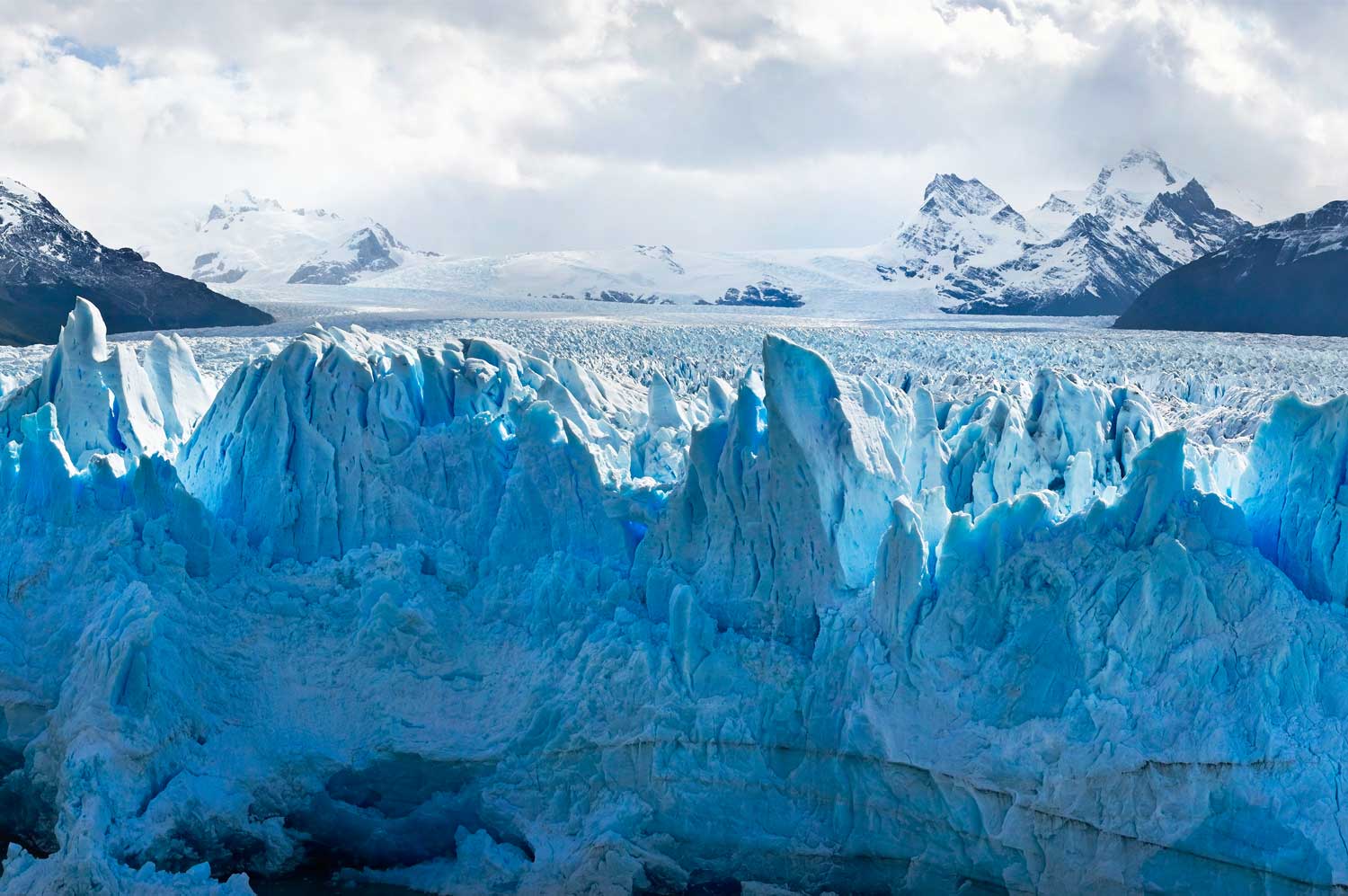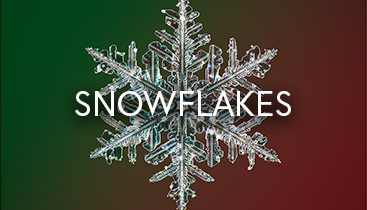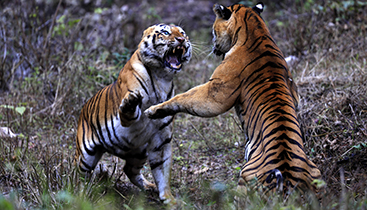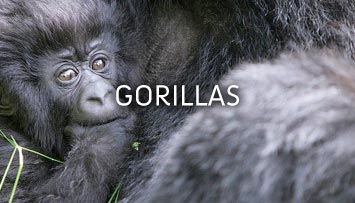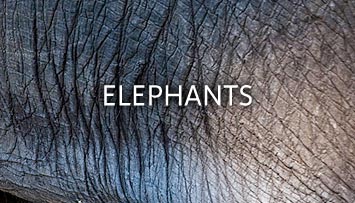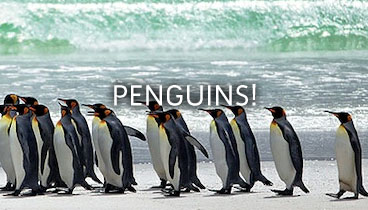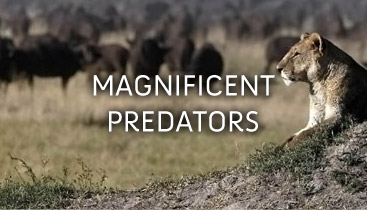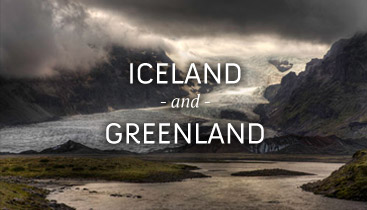Travel & Photo Essays
Eating Polar Bears Is Okay in Greenland
Iceland is a modern technological society which retains a frontier attitude. Greenland, on the other hand, really is a frontier — in several senses of the word.
Eric the Red‘s name of the place — Greenland — is of course a bald-faced lie. A glacial ice sheet covers 84 percent of the country, which is second only to Antarctica in the amount of ice it has.
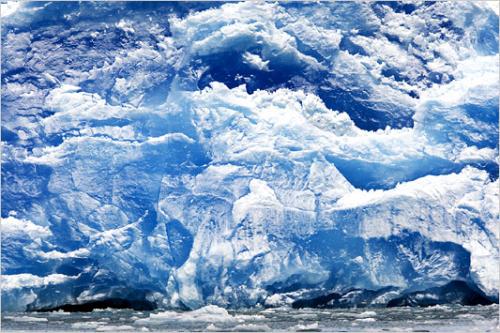
The human habitation of Greenland occurs in the scarce land between the ice sheet and the sea. Only 56,000 people live in Greenland. Most are ethnically Inuit and they speak an Inuit dialect. Politically speaking, Greenland has had self rule since 1979, but administratively is a part of Denmark — meaning that it is an expensive hobby for the Danish tax payers.

Greenlanders dream of being independent from Denmark, but those hopes are pinned on having a sufficiently strong economy. So far that mainly means fishing, but there is some chance that in the future there will be oil or other mineral wealth. Geologically speaking, Greenland is mostly a vast granitic pluton which is chock full of minerals — the only issue is the ice.
At the moment, however, both mineral wealth and oil are mostly future dreams. The oil would be very expensive to produce because of the ice, and exploration licenses have only been granted fairly recently, with no oil currently in production.
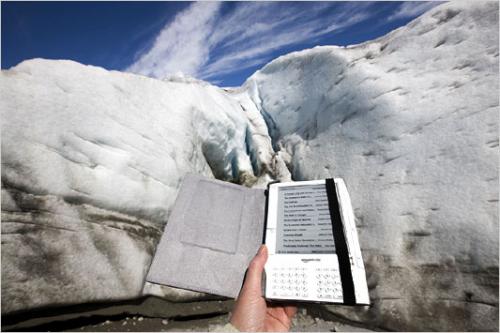
In general I am very skeptical of independence movements — usually they are driven by the ambitions of local politicians who would rather be a head of state, than a mayor or governor.
However it is interesting to reconsider this in light of Iceland. They started with 50,000 people in a barren place and built a major economic success. It is hard to imagine this happening if Iceland had remained a part of Denmark.
Perhaps over time independence could transform Greenland into a thriving economy that is based on things other than natural resources.
Salik, my guide for the trip, is an excellent case in point. Salik is a native Greenlander who has worked in tourism — previously as head of tourism for South Greenland. However he also had lived and worked extensively in Germany and developed a taste for beer. Well, more of an obsession, really. Salik became an entrepreneur, starting the first brewery in Greenland.
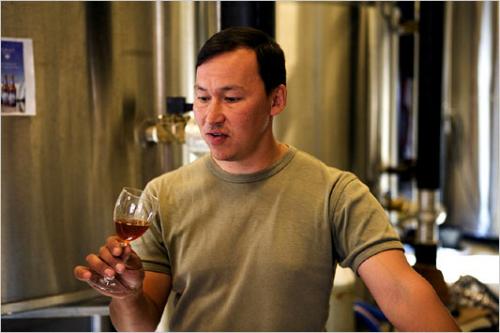
There is still plenty of work to be done — indeed the only reason Salik could take time off from the brewery to guide me is that he’d put a batch of wort in to ferment just before I arrived. Perhaps with enterprising people like Salik, Greenland could become a vibrant economy based on things other than natural resources.
Most of my time was spent on a set of inland fjords in South Greenland, which are chock full of icebergs. I visited the inland ice cap, and saw several places where glaciers calve icebergs into the sea.
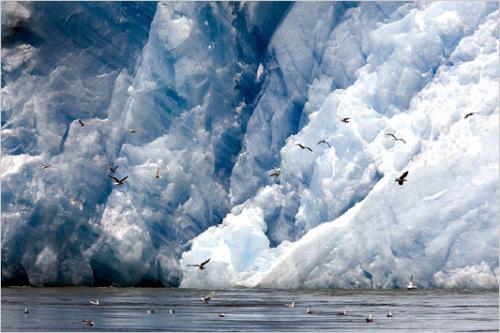
Glaciers are rivers of ice, but there are a number of interesting aspects to this. Glacial ice has its origin in snow that falls during a winter storm. As snow continues to fall on the top of the ice cap its weight compresses the bottom layers squeezing out the air.
About 50 feet of snow depth is required to pack the snow into typical glacial ice. That ice is white because it is full of air bubbles and crystal boundaries which scatter the light — what a physicist like me would call Mie scattering.
It’s the same phenomenon that makes milk or clouds white.

Non-fat milk is much less opaque than full-fat milk or cream and has a bluish tinge. This is a different kind of scattering, called Rayleigh scattering, and is why the sky is blue, and why deep water is blue. The difference between Rayleigh and Mie scattering is the size of the particles.
Glaciers often have liquid water in them — called meltwater. This can either be inside the glacier or can appear at the surface. Once a meltwater lake starts it tends to get deeper because it absorbs sunlight more than the surrounding ice. It is intensely blue from Raleigh scattering.
I’d like to say that global warming was evident during my visit, but that is not really the case. Indeed, Salik tells me that he and most Greenlanders are pretty skeptical about it. The local fishing industry used to be based on arctic prawns, but the sea temperature has changed just enough that the prawns are much further north, so now they fish for cod.

But, as Salik points out, this cycle has happened several times in living memory. The same with the glaciers: yes they are retreating, but at least in his area, they have yet to reach the limits that the locals remember them. Objective measurements do show that climate change is happening. Nevertheless I was amused that the locals don’t seem to think it is such a big deal.

While in Greenland I visited several Norse settlements, including Eric the Red’s longhouse at Brattahlid as well as Gardar.

Today there is not that much to actually see at Gardar, or the other sites — there are the outlines of the buildings, but they are fairly modest ruins. Eric was a heathen — believing in Odin, Thor, and the other Norse gods. His wife, Thjodhilde, converted to Christianity after coming to Greenland. She was quite a believer — so much that she reputedly refused to have sex with Eric until he built her a church. So the first church in the new world was built to satisfy lust, not subjugate it.
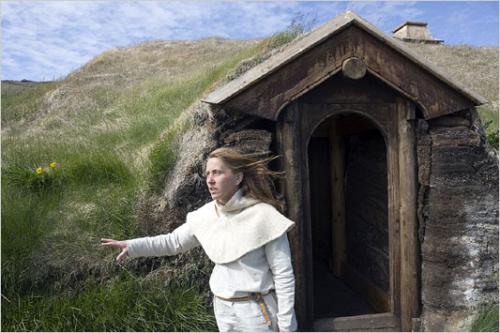
When Salik heard of the things that I had to eat in Iceland he vowed to get me fully caught up with Greenlandic food. Of course his (rather excellent) beer was featured, but that was the least of it.
Kjartan, my guide in Iceland, basically liked to eat everything, with the exception of seal. “Seal is terrible,” he would say, “it is oily and when you eat it the oil runs down and drips off your chin.” I mentioned this to Salik, who couldn’t have disagreed more. “What? Seal is the very best meat you can eat! Perhaps only polar bear is better!” he said, adding, “and that oil is high in omega-3. It’s good for you!”
Alas, during my short visit all I had to try was seal jerky, so I can’t pass judgment on the other forms. Seal jerky is rather intense and unique. It is as intense as liver, but without a livery taste.
In fact all of the game meat that I ate in Iceland or Greenland didn’t taste gamey.
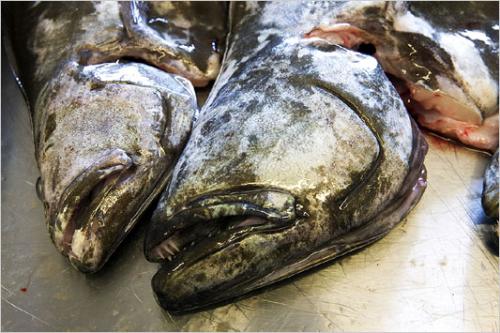
On our last day, just when I thought strange eating was over, Salik surprised me with his favorite meat of all — braised polar bear. Now after the handwringing that I did about eating whale, you might think it was even harder to eat polar bear since they are endangered — far more than Minke whales, which are plentiful.
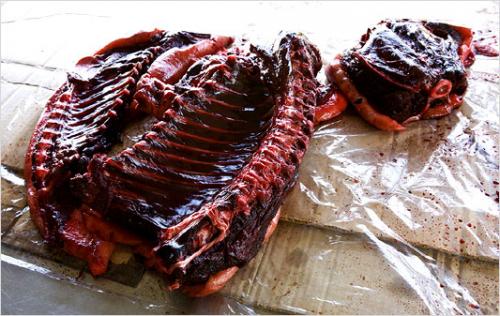
However, this case was a bit different. Polar bears live on pack ice (i.e. ice that forms on top of the sea rather than on land) far to the north of where I was in south Greenland. When the pack ice breaks up in the spring, some bears get marooned on floating islands of pack ice and ride them south. The two bears that wound up in Iceland did that. Once they reach the south, they are doomed — there is no pack ice so they can’t hunt seals. They starve to death.
In principle one could dart and airlift those bears back north, but in practice there aren’t funds for this so the bears are shot. The bear we were eating was killed a few weeks prior to our visit.
So, moral hazards aside, I tasted the polar bear — it was coarse textured meat, probably from the leg, and Salik was right, it was delicious.
